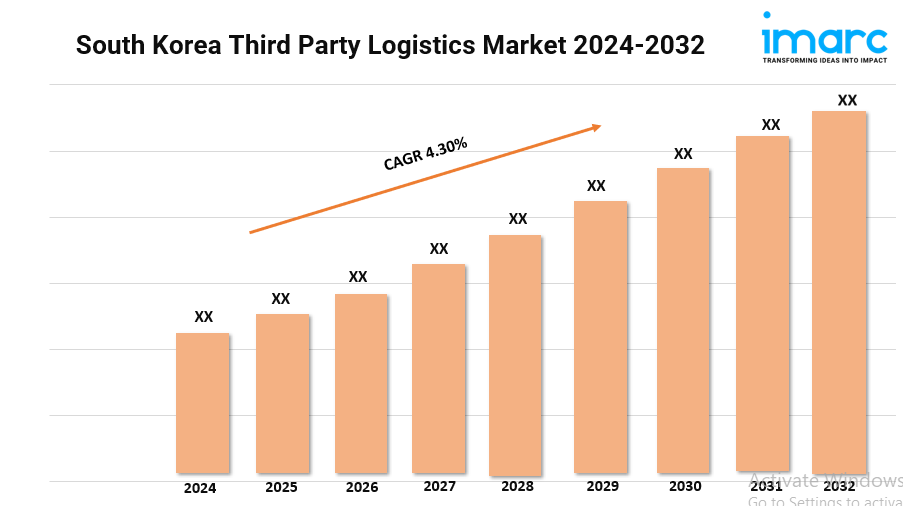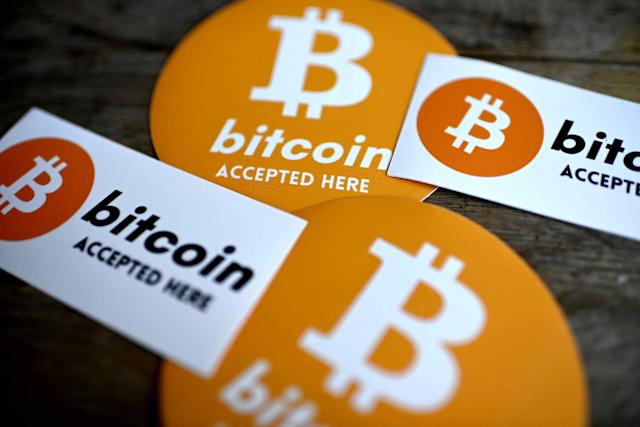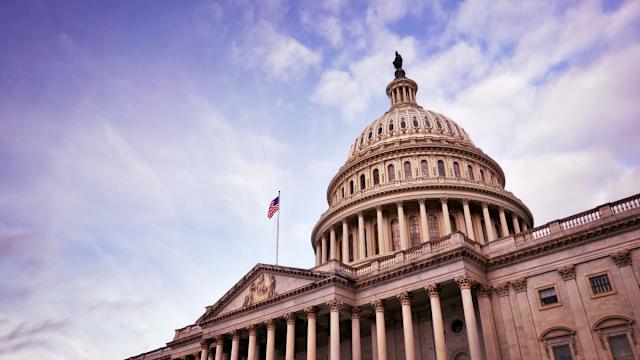Why 2 More Experts Just Raised Their S&P 500 Targets

Michael M. Santiago / Getty Images
More analysts raised their year-end price targets on Tuesday.Wall Street continued to look past tariff uncertainty on Tuesday, with analysts at two major firms lifting stock market price targets they slashed just months ago.
Bank of America analysts, led by Savita Subramanian, on Tuesday raised their year-end S&P 500 target to 6,300, implying a 1% gain for the index through the remainder of the year. BofA entered 2025 with a target of 6,666—one of the highest on Wall Street—but cut its forecast to 5,600 after President Donald Trump’s “Liberation Day” tariff announcement roiled markets.
“The resiliency of large companies in the face of macro uncertainty leads us to lower our equity risk premium (ERP) assumption,” Subramanian said. The firm’s ERP estimate—down to 200 basis points (bps) from 250 bps—is well below the post-Global Financial Crisis average of 540 bps, “but a lower ERP is justified today given the index’s shift toward a higher-quality, more asset-light index.” That is, tech companies with healthy balance sheets, high margins, and strong cash flows make up more of the index now than in the past.
Goldman Sachs’ David Kostin lifted the firm’s year-end target to 6,600 from 6,100. Kostin in January forecast the index would end the year at 6,500, but cut his estimates as Trump’s tariffs ratcheted up economic uncertainty.
Goldman analysts expect Fed rate cuts to help boost stocks in the second half of the year. The bank’s economists expect officials to make three sequential 25 bps cuts starting in September, followed by two more quarterly cuts next year. Lower rates should increase the S&P 500’s price-to-earnings ratio.
Goldman expects S&P 500 earnings to increase 7% both this year and next, but Kostin notes confidence in that forecast is low due to the ever-changing tariff landscape. “Recent inflation data and corporate surveys indicate less tariff pass-through so far than we expected,” he wrote. He also noted that tariffs are expected to be absorbed gradually and large-cap companies have built up an inventory buffer that could delay their impact.
Can Tech Stocks Continue to Soar?
Stocks have rebounded sharply since President Trump paused the “Liberation Day” tariffs that tanked stocks in early April. Since closing at a year-to-date low on April 8, the S&P 500 has rallied 25%, one of the biggest 3-month rallies of the last 50 years and “the sharpest outside of a recession in 20 years,” according to Kostin.
Subramanian acknowledges it may be difficult for the index to sustain the breakneck rally. Tech earnings—“the meat of corporate profits”—are expected to decelerate, and the Federal Reserve, in BofA’s view, appears unlikely to cut interest rates soon.
Story ContinuesKostin notes the recent rally, driven by soaring tech stocks like Nvidia (NVDA), Meta (META), and Broadcom (AVGO), has “lowered our market breadth indicator to one of its narrowest readings during the last few decades and its lowest level since 2023.” That could set the index up for either a “catch up” by laggards or a “catch down” by market leaders, he said.
The former is more likely than the latter due to resilient earnings, the likelihood of Fed cuts, and neutral investor positioning, according to Kostin. “As the perceived economic and earnings risk from tariffs continues to fade and the Fed resumes its cutting cycle this fall, investors will likely continue to search for laggards that have not participated in the rally,” he wrote.
Read the original article on Investopedia














